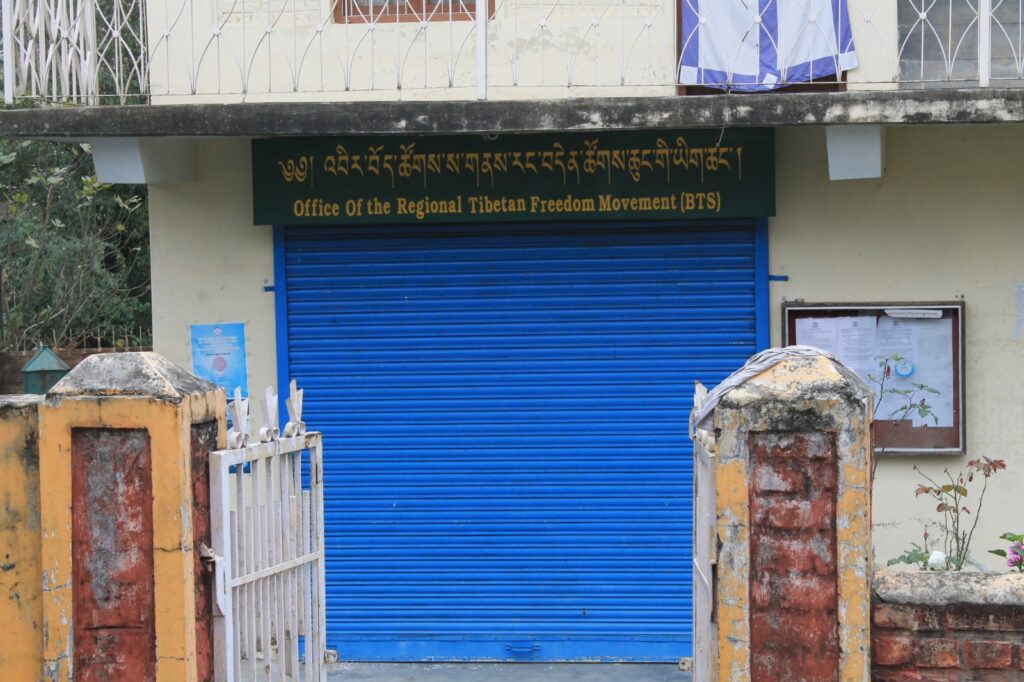While wandering through the streets of Bir, India in 2019, I was fascinated by the colorful tapestry of not only the Tibetan monasteries but also the languages that decorated the landscape.
Nestled amid lush greenery, Bir boasts a thriving Tibetan settlement, which breathes life into the air with the echoes of its culture. The sound of the Gong in the monastery is as calming as the fresh mountain breeze that brushes against your skin.
The addition of the Sino-Tibetan language family through the Tibetan settlement adds more hues to India’s already vibrant linguistic diversity. Amidst the tranquil surroundings, I noticed an intriguing phenomenon – the convergence of languages and cultures that have arisen as a result of centuries of migration and interaction.
I came across signboards that displayed both Tibetan and English, showcasing the region’s rich linguistic heritage.

Bir’s linguistic landscape offers a captivating case study of language contact and migration (Phonological characteristics from the Indo-Aryan family, such as retroflex sounds, have been incorporated into Tibetan languages. Grammatical features such as reflexive pronouns and typical Indo-Aryan post-positions are also present (LaPolla, 2001:241)) .
By utilizing linguistic theory, we can observe how the Tibetan settlement has created a dynamic linguistic environment where languages intersect and coexist.
The bilingual signboards in Bir demonstrate the intricate ways in which language shapes our communities and identities. Bir’s linguistic landscape reminds us of the enduring legacy of migration and the power of language to bridge cultural divides.
References:
LaPolla, Randy J. 2001. ‘The Role of Migration and Language Contact in the Development of the Sino-Tibetan Language Family’, Areal Diffusion and Genetic Inheritance: Case Studies in Language Change, ed. by R. M. W. Dixon & A. Y. Aikhenvald, 225-254. Oxford: Oxford University Press.




0 Kommentare